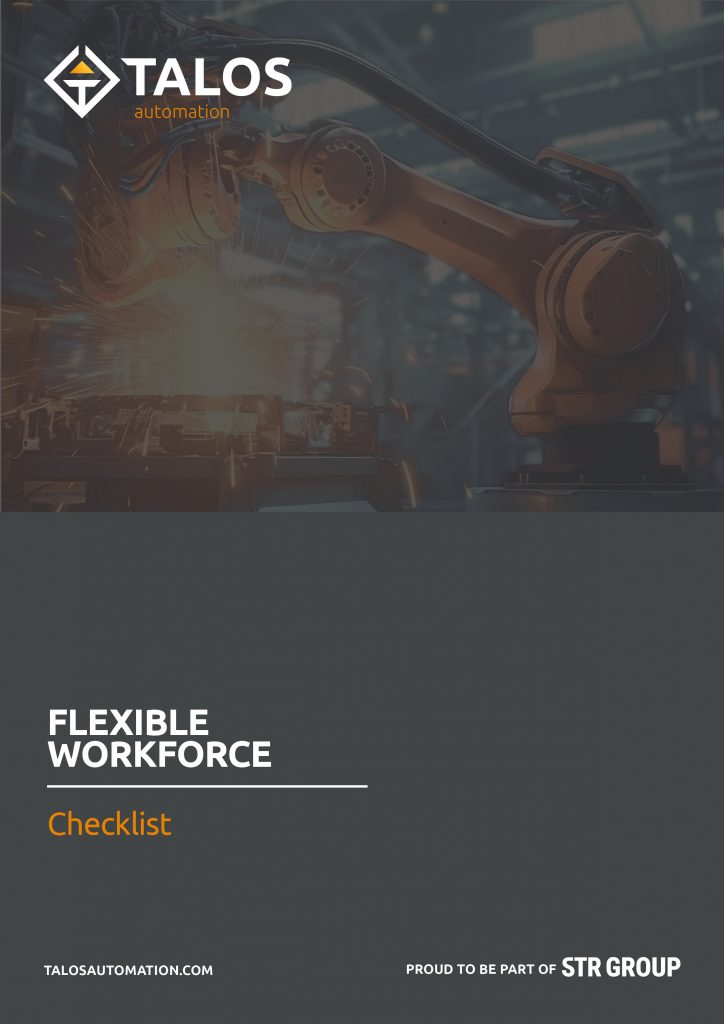The different types of flexible working and business benefits
In today’s rapidly evolving work landscape, investing in flexible working has become increasingly vital for companies seeking to foster a thriving and adaptable workforce. Embracing flexible work arrangements, such as remote work and flexible schedules, not only aligns with the evolving expectations of modern employees but also brings forth a myriad of advantages for employers.
What is flexible working?
Flexible working is any work pattern that differs significantly from the traditional, office-based, 9 a.m. to 5 p.m. standard. It can involve working from home, working flexible hours, job sharing, or a mixture of all of these. Workplace flexibility emphasises the willingness and ability to adapt to change, particularly regarding how and when work gets done.
The different types of workplace flexibility are listed below in more detail:
- Part-time working– employees are contracted to work less than standard, basic, full-time hours.
- Working from home– employees will spend all or part of the week working from home or somewhere else away from the working premises.
- Job sharing– a full-time job can be split between two employees who agree the hours between them.
- Compressed hours– employees cover their standard working hours in fewer working days.
- Flexi-time– employees have the freedom to work in any way they choose outside a set of core hours determined by the employer.
- Phased retirement– since the phase out of the default retirement age in April 2012, mature workers can now decide what age they wish to stop working. This means they can reduce their hours and work part time.
The benefits of flexible working
There are many benefits to working flexibly and in a flexible workplace, the needs of both employee and employer are met. Some of the benefits of flexible working for employees include a better work-life balance, lower levels of absence and lower levels of stress. The employer benefits from greater motivation and productivity, fewer overheads and an improvement in trust and the employer/employee relationship. It can also help an organisation reach its goals thanks to improved productivity.
As the world embraces new ways of working, companies that invest in flexible working are poised to unlock the full potential of their workforce and cultivate a dynamic and resilient organisational culture.
Download our Workplace Mental Wellbeing Checklist
Download now to self-assess your current flexible working practices to recognise what you already have in place, identify gaps and inform plans and actions to make improvements.
After reading this checklist, you should:
• Assess current policies and practices to see how well they align with the checklist’s recommendations
• Engage with employees to understand their preferences and needs regarding flexible working arrangements
• Implement changes based on the checklist’s insights and employee feedback

